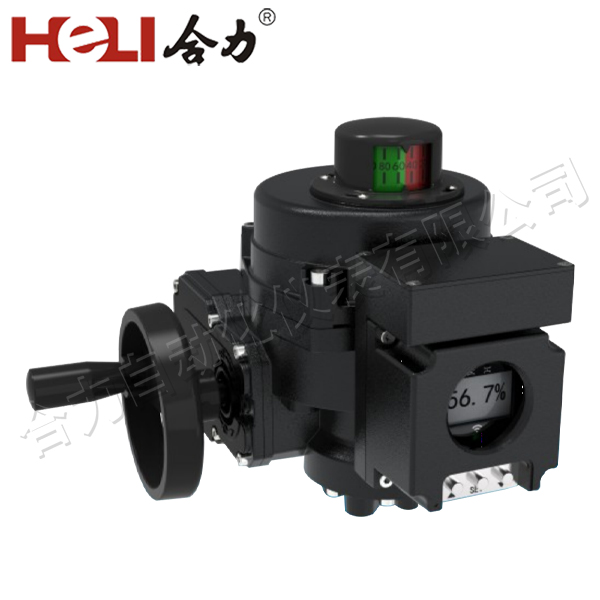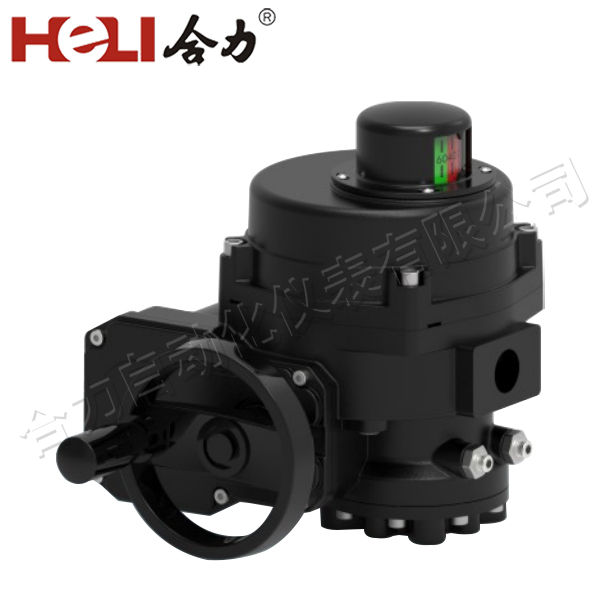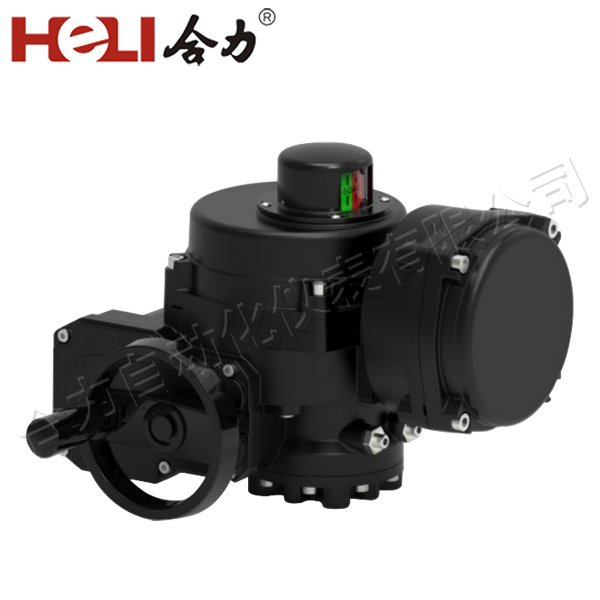In the ever-evolving landscape of technology and automation, lithium battery electric actuators have emerged as a game-changer across various industries. These innovative devices combine the advantages of electric actuation with the portability and efficiency of lithium battery power. This article delves into the working principles, applications, benefits, and future prospects of lithium battery electric actuators, shedding light on why they are becoming indispensable in modern machinery and automation systems.

Understanding Lithium Battery Electric Actuators

At its core, an electric actuator is a device that converts electrical energy into mechanical motion. In lithium battery electric actuators, this conversion is powered by lithium-ion batteries, which are known for their high energy density and longevity. The actuator typically consists of a motor, gears, and various electronic components that work in tandem to produce precise movements. The fundamental working principle involves the battery supplying electrical energy to the motor, which then drives the actuator’s mechanical components. Depending on the design, these actuators can provide linear or rotary motion, making them versatile for various applications.
